
STORIES
21-04-2017 di Maurice Shutgens

In the past months, Laikipia in central Kenya has seen numerous incidences of the killing of wildlife by armed pastoralists.
The situation remains volatile in places, with drought and local politics being the primary reasons for the unrest.
Elephants have come into the firing line, with over 20 killed in recent months and more injured. Some of the injured do not recover, but sometimes there is a glimmer of hope.
I got a call from Dale Scott, Loisaba Conservancy’s Security and Wildlife Manager, informing me that the rangers on the 56,000-acre property had spotted an injured elephant. Initial observations indicated that it had been shot in the leg. The 30-year-old bull elephant could barely put his weight down on his leg and limped around uncertainly. The wound looked extremely serious; we needed a vet – immediately.
The ever-reliable David Sheldrick Wildlife Trust answered our call, mobilised their resources, chartered a plane and flew in a KWS team from Nairobi within a few hours. As the dust settled on the runway, Dale checked in with the rangers to find out exactly where the bull elephant was. With the rangers keeping a close eye on him we managed to find him quickly. His movements were labored and he looked to be in incredible discomfort, but only a closer look would allow us to decide on the best course of action.
Njoroge, the KWS vet, loaded his dart gun with the sedation drug as Dale carefully guided us in. Njoroge pulled the trigger and the bright pink feathered dart shot through the air, lodging itself in the elephant’s rump. We hung back while the drug took effect; the elephant became drowsy and eventually went down. We moved in quickly. The elephant went down on his chest, staring at us in confusion. It took four men to push the six ton animal over onto his side so that he could be treated safely.
The bullet had entered the front of his left back leg, just above the knee joint, seemingly hit the bone and deflected out via an exit wound. Dale and the vet carefully checked his leg; it was incredibly swollen but they couldn’t feel any broken bones. Despite a wound that had been festering for several weeks he was lucky. A shattered bone would have been a death sentence. The KWS team carefully cleaned out all the puss and dead tissue from the wound before administering a healthy dose of antibiotic and iodine. A special type of cement was used to fill the entry and exit holes to keep it free from infection. We had done all we could.
Once the vet administered the revival drug he quickly got to his feet, orientated himself and gingerly went on his way, disappearing into the bush without a backward glance. The conservancy rangers will keep a close eye on him for the next couple of weeks. We hope the treatment he received will give him a new chance at life but only time will tell…
(source: AG Africa Geographic)
ENVIRONMENT
di redazione

Environmentalists move by two years to avoid a mess that could relate to the Arabuko Sokoke Forest, which stretches from Gede in Matsangoni, along the Mombasa-Malindi road where there are also inputs for tourists, until well into the street for...
PARKS
di redazione
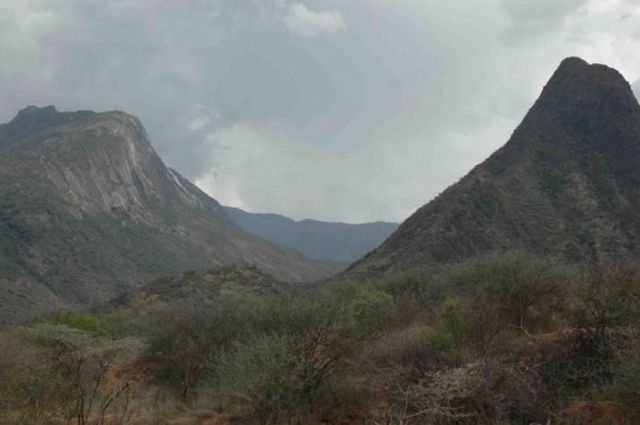
The Nasolot National Reserve was established in 1979, it is located in the Rift Valley province precisely in West Pokot district about 500km from Nairobi.
PARKS
di redazione
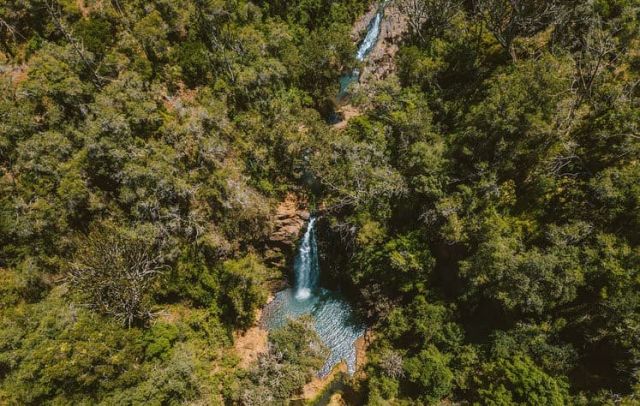
They call it 'Tarzan's Paradise'.
The azure pools formed by the waterfalls of the Ngare Ndare forest, amidst liana rocks and wild animals are unquestionably one of Kenya's wonders to...
TOURISM
di redazione
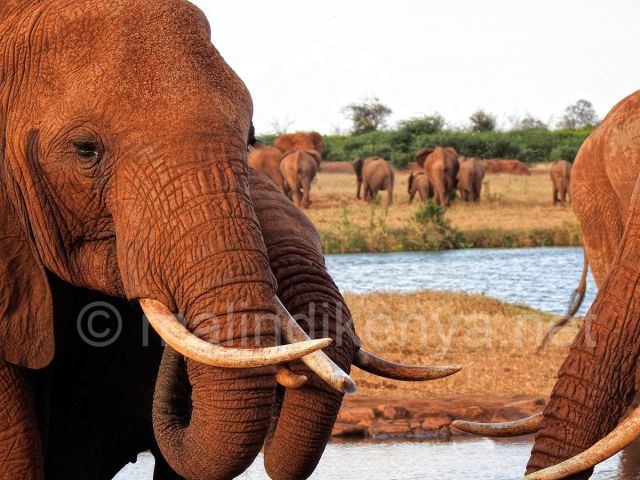
Tsavo National Park has been listed by the prestigious US newspaper New York Times as one of the world's 50 best travel destinations to...
NATURE
di redazione

The small and beautiful Lake Kamnarok is at risk of drying out and crocodiles are the first to suffer. Now a European project is trying to save it and restore it to its former glory.
PARKS
di redazione
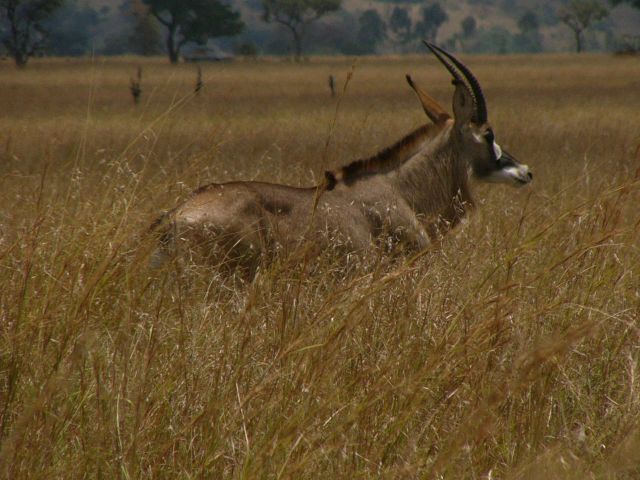
Ruma National Park is located in western Kenya, near the shores of Lake Victoria in one of Kenya's most productive and populous regions, and is one of the country's most fascinating but lesser known parks.

Kuki Gallmann had "a story to tell".
This novel is his story.

The Lion King, a photorealistic computer-generated animation film, released in cinemas in 2019 has earned the number seven position among the highest-grossing films in cinema history.
PLACES
di redazione
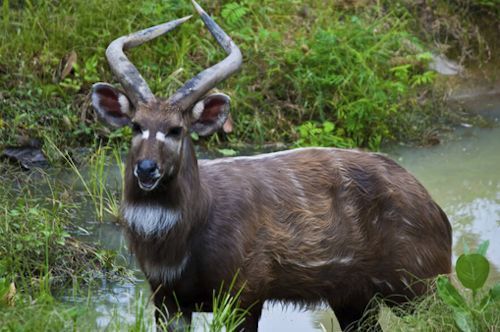
If you want to admire the rare aquatic antelope Sitatunga, there is only one park in Kenya where you can go, and it is the smallest in the whole country.
It is the Saiwa National Park, near Kitale, in the...
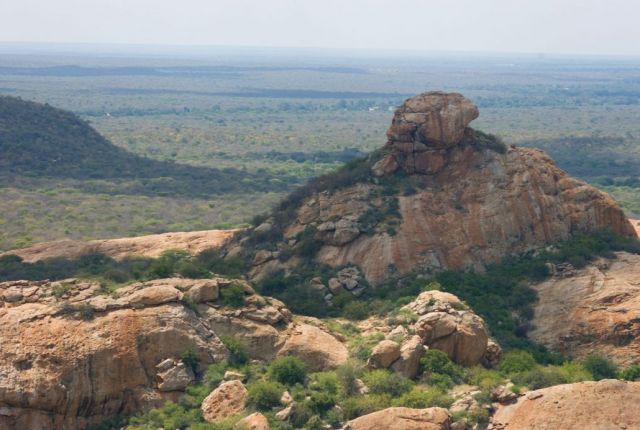
Kora National Park is one of the national parks in the coastal region of Kenya. It covers an area of 1,7800sq km along the banks of the Tana River, 125km east of Mount Kenya.
PLACES
di redazione

The Galana Conservancy is one of the true wildlife treasures of County Kilifi and Kenya.
This 60,000 acre wildlife paradise is located on the eastern border of the Tsavo East National Park, on the northern banks of the Galana River,...
PARKS
di redazione

Amboseli National Park is undoubtedly one of Kenya's most popular parks, and we can agree that the reason for its fame is Mount Kilimajaro, which stands out as a stunning backdrop, visible from every point in the park.
Covering an...
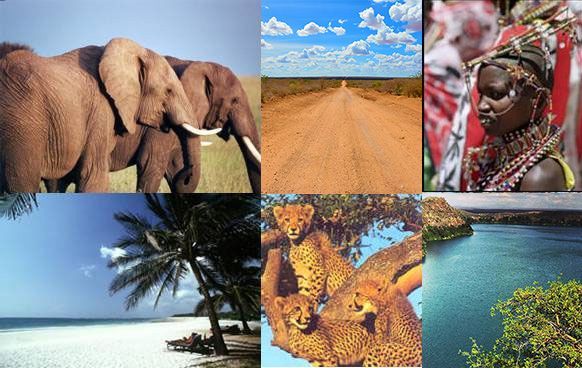
One entry for each letter of the alphabet is certainly not enough to contain all the wonders and peculiarities of a unique and varied country like Kenya.
Cradle of humanity, a place that more than any other personifies the so-called...
NEWS
di redazione
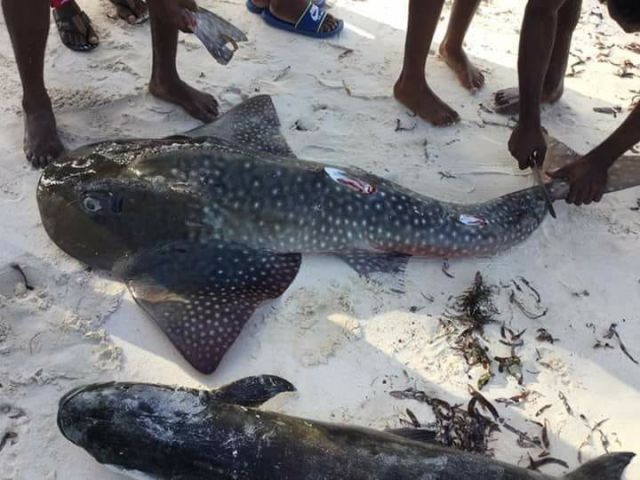
Thanks to the photograph of a marine scientist, Michael Gilbert, on Watamu's beach, it was possible to classify the incredible fish that were finished in the local fishermen network, which are not usual to capture such specimens of the genre.